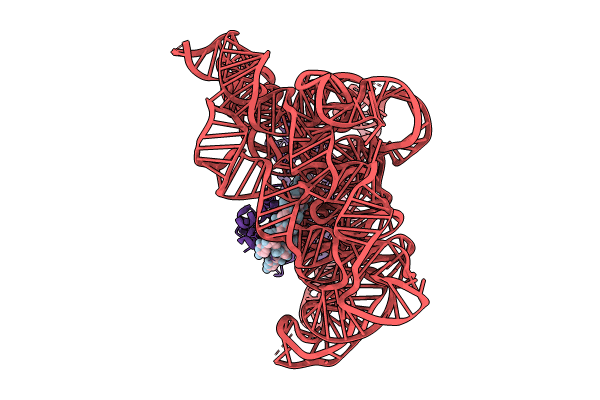
Deposition Date
2023-06-06
Release Date
2023-11-22
Last Version Date
2024-01-03
Entry Detail
PDB ID:
8T2T
Keywords:
Title:
Structure of a group II intron ribonucleoprotein in the post-ligation (post-2F) state
Biological Source:
Source Organism:
[Eubacterium] rectale (Taxon ID: 39491)
Host Organism:
Method Details:
Experimental Method:
Resolution:
3.00 Å
Aggregation State:
PARTICLE
Reconstruction Method:
SINGLE PARTICLE


